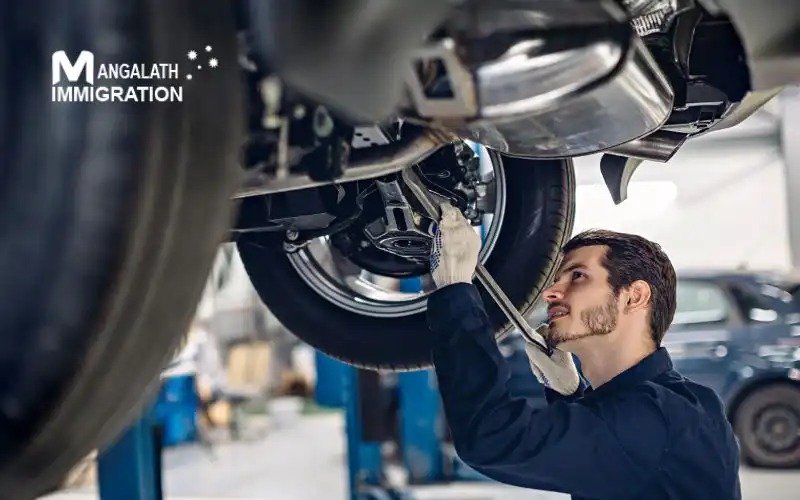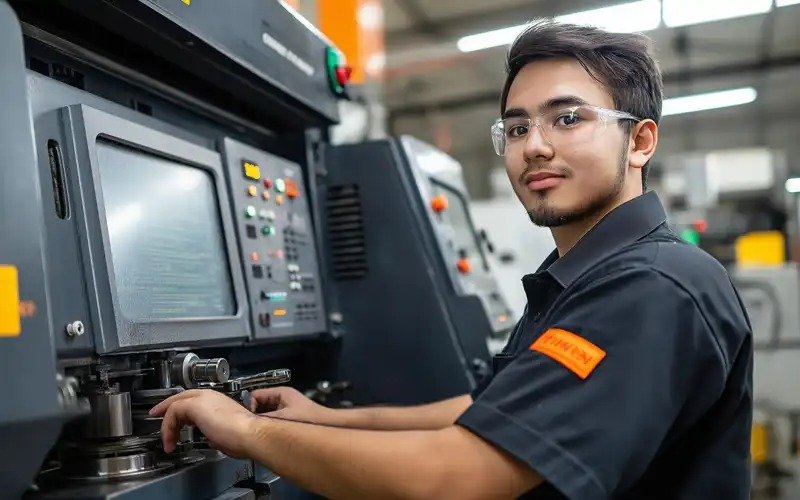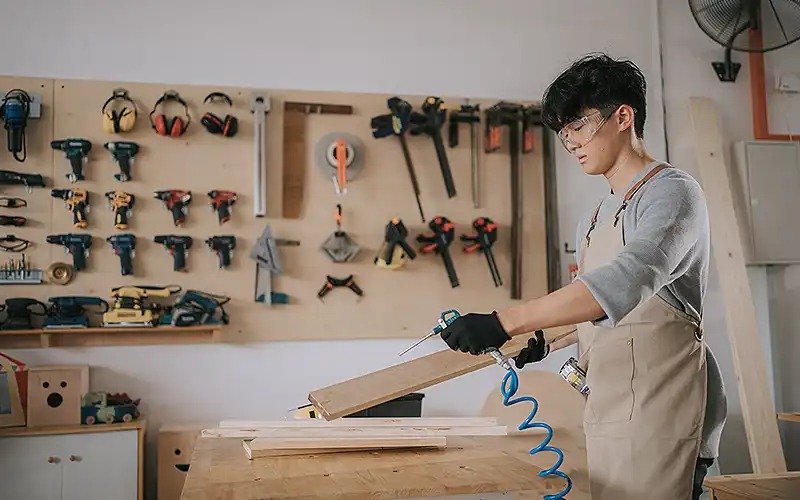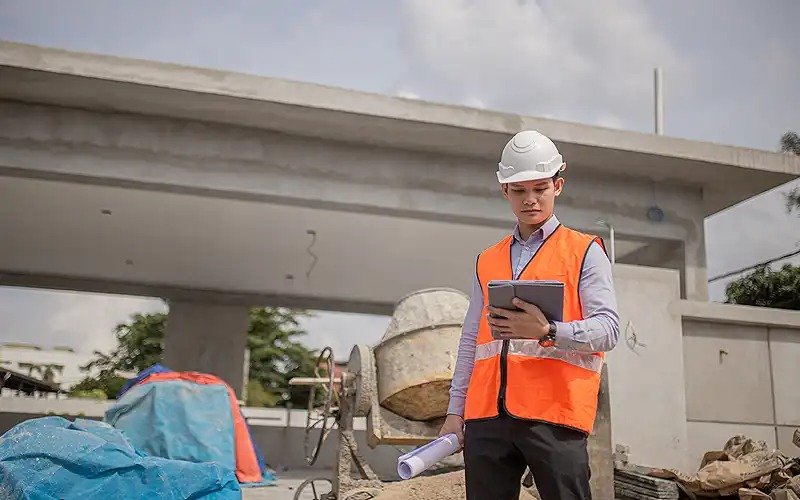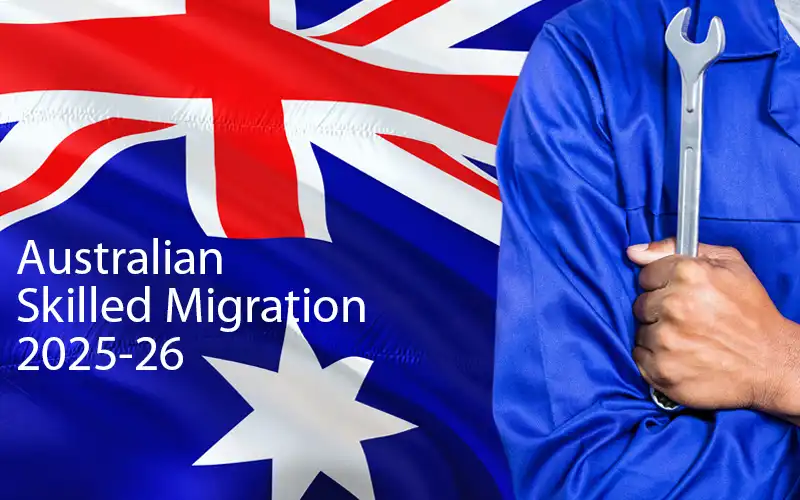Skilled Trades in High Demand in Australia: Motor Mechanics
Australia is facing a major shortage of qualified Motor Mechanics, placing this trade high on the Skilled Occupation List With transport, mining, agriculture & logistics relying on skilled hands, demand has never been higher!
Mangalath Immigration Tweet
Australia continues to face a shortage of qualified Motor Mechanics, making this trade one of the most sought-after occupations on the Skilled Occupation List (SOL). With the country’s reliance on transport, mining, agriculture, and logistics, skilled mechanics are vital to keeping industries moving.
Occupations in Demand
Motor Mechanics are classified under the ANZSCO codes and include:
- 321211 Motor Mechanic (General) – Specializing in maintenance and repair of cars and light vehicles.
- 321212 Diesel Motor Mechanic – Focused on heavy vehicles, trucks, buses, and mining machinery.
- 321213 Motorcycle Mechanic – Repair and servicing of motorcycles and scooters.
- 321214 Small Engine Mechanic – Working on lawnmowers, marine engines, and other small machinery.
Why Australia Needs Motor Mechanics
- Growing automotive industry – Demand for skilled workers in dealerships and independent workshops.
- Mining and agriculture sectors – Heavy reliance on diesel mechanics for machinery maintenance.
- Regional shortages – Rural and regional areas face acute skill gaps, offering faster visa pathways.
- Aging workforce – Australia is actively recruiting younger skilled migrants to fill the gap.
Migration Pathways
Motor Mechanics are eligible for multiple skilled migration visas, including:
- Skilled Independent Visa (Subclass 189) – Permanent residency without sponsorship.
- Skilled Nominated Visa (Subclass 190) – State-sponsored PR pathway.
- Skilled Work Regional Visa (Subclass 491) – Live and work in regional Australia.
- Employer-Sponsored Visas (Subclass 482, 186) – Direct employment sponsorship opportunities.
Average Salaries
- Motor Mechanic (General): AUD 60K – 75K
- Diesel Motor Mechanic: AUD 70K – 95K (higher in mining regions)
- Motorcycle Mechanic: AUD 55K – 70K
- Small Engine Mechanic: AUD 50K – 65K
Frequently Asked Questions
Yes. All four categories (General, Diesel, Motorcycle, Small Engine) are listed on the SOL, making them eligible for skilled migration
The Subclass 189 Skilled Independent Visa is ideal for those who qualify on points alone. However, regional visas like 491 often have faster processing due to shortages in rural areas.
Yes. Applicants must demonstrate relevant qualifications and work experience, usually assessed through Trades Recognition Australia (TRA).
Absolutely. Many visa pathways lead directly to PR, especially through 189, 190, and 491 visas.
Yes. Diesel Motor Mechanics are particularly in demand due to Australia’s mining and transport industries
Contact Mangalath Immigration
Motor Mechanics are critical to Australia’s economy, and skilled migrants in this trade have excellent opportunities for career growth, high salaries, and permanent residency pathways. If you’re a Motor Mechanic ready to take the next step, Mangalath Immigration can guide you through the process—from skills assessment to visa application.
Tags: Motor Mechanic Australia, Diesel Mechanic Migration, Skilled Trades in Demand Australia, Motorcycle Mechanic Visa, Small Engine Mechanic PR Pathway.
Skilled Trades in High Demand in Australia: Motor Mechanics Read More »

